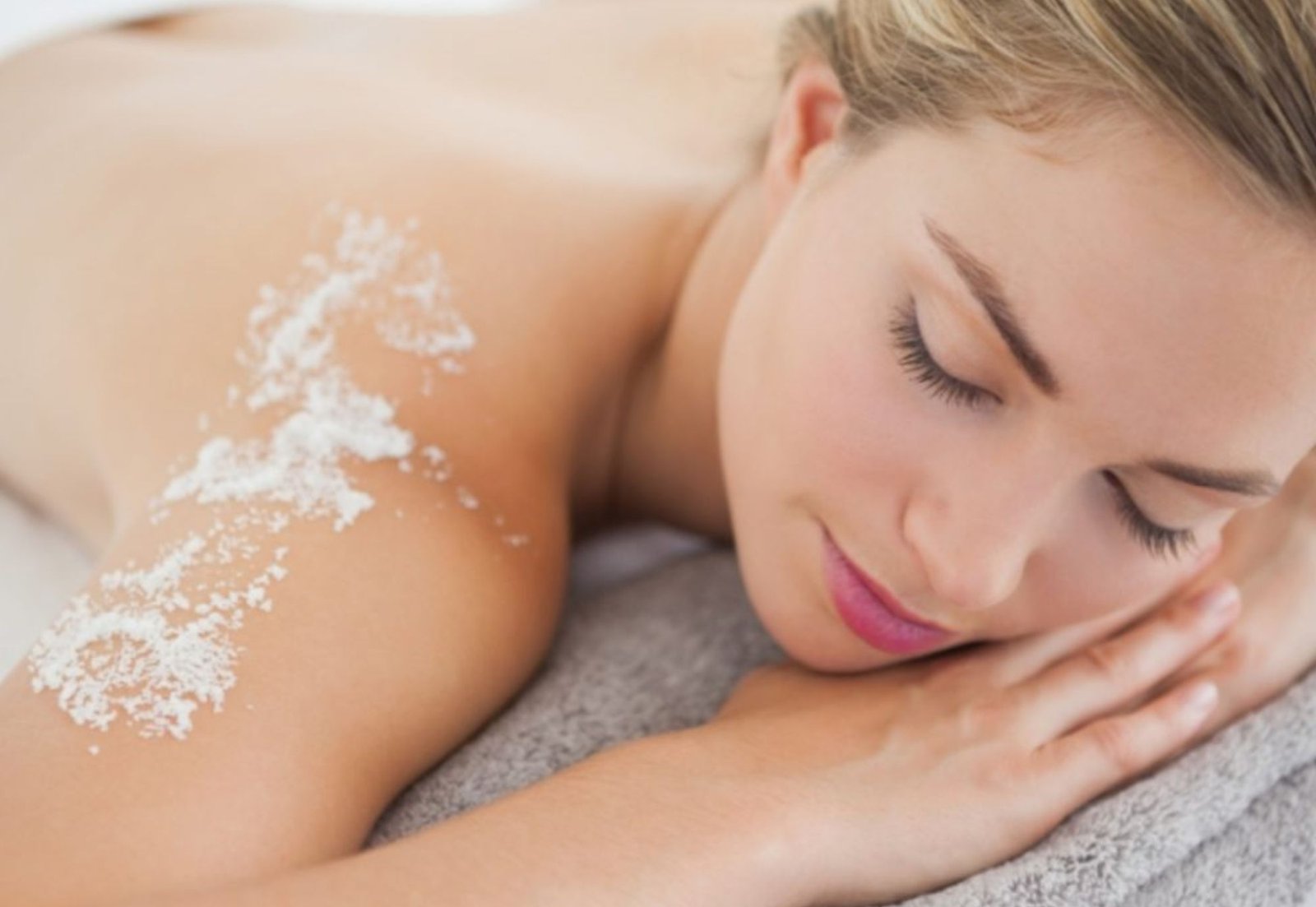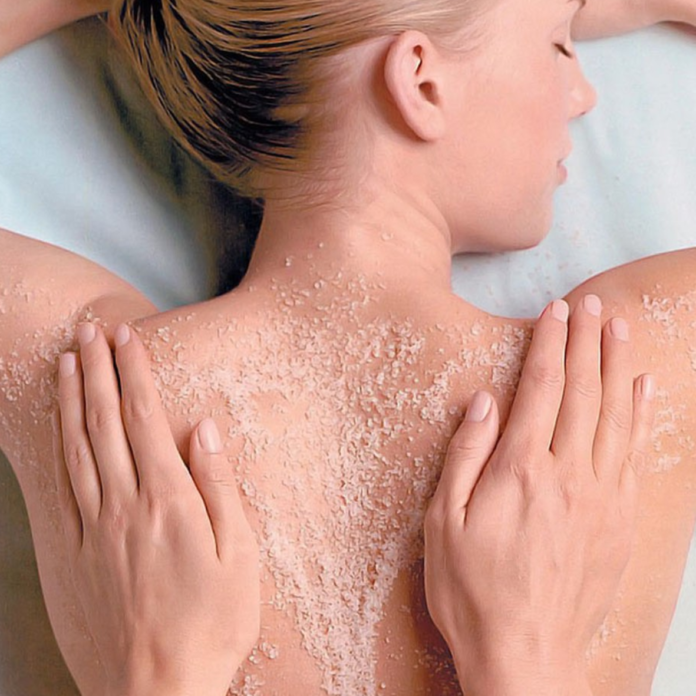Introduction
In the quest for ageless beauty, people have turned to various remedies throughout history. One of the most luxurious and time-honored traditions is the milk bath. While it may sound like a practice reserved for royalty, the benefits of bathing in milk are accessible to anyone looking to rejuvenate their skin. This article explores the science behind milk baths, their benefits, and how you can incorporate this ancient ritual into your modern skincare routine.
The History of Milk Baths
Milk baths date back to ancient civilizations, where they were revered as a beauty treatment for the elite. Cleopatra, the legendary queen of Egypt, is perhaps the most famous advocate of milk baths. She was known to bathe in donkey milk to maintain her soft, youthful skin. The lactic acid in milk, combined with its natural fats and proteins, made it an ideal ingredient for skincare, providing hydration and gentle exfoliation.
Links Domain: https://lawadvisors.pamshion.net
The Science Behind Milk Baths
Milk contains several components that make it beneficial for the skin:

- Lactic Acid: A type of alpha-hydroxy acid (AHA), lactic acid is a gentle exfoliant that helps remove dead skin cells, promoting cell turnover. This process reveals fresher, younger-looking skin.
- Vitamins and Minerals: Milk is rich in vitamins A, D, E, and B6, which are essential for healthy skin. These vitamins help nourish the skin, reduce inflammation, and protect against environmental damage.
- Fats and Proteins: The natural fats and proteins in milk provide deep hydration, locking in moisture and leaving the skin feeling soft and supple.
- Calcium: Calcium plays a crucial role in maintaining the skin’s elasticity and preventing sagging, making it an important element for youthful skin.

Benefits of Milk Baths for Skin Rejuvenation
Regular milk baths can offer numerous benefits for the skin, including:
- Exfoliation: The lactic acid in milk gently exfoliates the skin, removing dead cells and promoting the growth of new, healthy skin. This can lead to a brighter, more even complexion.
- Hydration: Milk’s natural fats deeply hydrate the skin, making it an excellent treatment for dry, flaky skin. A milk bath can leave your skin feeling soft, smooth, and moisturized.
- Soothing: Milk baths are soothing and can help alleviate irritation, redness, and inflammation. This makes them ideal for people with sensitive or acne-prone skin.
- Anti-Aging: The combination of exfoliation, hydration, and nourishment provided by milk baths can help reduce the appearance of fine lines and wrinkles, giving the skin a more youthful appearance.
How to Take a Milk Bath at Home
Creating a milk bath at home is simple and can be customized to suit your skin’s needs. Here’s how to do it:
- Choose Your Milk: While you can use regular cow’s milk, other types of milk, such as goat milk or almond milk, can also be beneficial. Goat milk is particularly gentle on sensitive skin, while almond milk is rich in vitamin E.
- Prepare the Bath: Fill your bathtub with warm water, making sure it’s not too hot, as this can strip the skin of its natural oils.
- Add Milk: Pour about 1 to 2 cups of milk into the bath. You can also add other ingredients, such as honey, essential oils, or oatmeal, to enhance the bath’s benefits.
- Soak: Immerse yourself in the bath for 15 to 20 minutes, allowing the milk to work its magic on your skin.
- Rinse: After soaking, rinse off with warm water and gently pat your skin dry. Follow up with a moisturizer to lock in the hydration.

Customizing Your Milk Bath
To enhance the benefits of your milk bath, consider adding the following ingredients:
- Honey: A natural humectant, honey helps retain moisture and has antibacterial properties, making it great for acne-prone skin.
- Oatmeal: Oatmeal soothes irritated skin and can help relieve itching and redness, making it a perfect addition for those with eczema or psoriasis.
- Essential Oils: Adding a few drops of essential oils like lavender or chamomile can create a calming experience, perfect for unwinding after a long day.
- Epsom Salt: Epsom salt can be added for a detoxifying effect, helping to relax muscles and draw out toxins from the skin.
External link: art.htmlhttps:/jetluxury.techarmz.com/transformed-celebrity-
Conclusion
A milk bath is more than just an indulgent experience—it’s a powerful skincare treatment that can rejuvenate your skin, leaving it soft, hydrated, and glowing. Whether you’re looking to soothe sensitive skin, combat the signs of aging, or simply enjoy a luxurious bath, incorporating milk into your skincare routine can provide remarkable benefits. Embrace the ancient beauty secret of milk baths and unlock the potential for youthful, radiant skin.
By making milk baths a regular part of your self-care routine, you’ll be tapping into a tradition that has stood the test of time, offering modern results with a touch of historical elegance.
